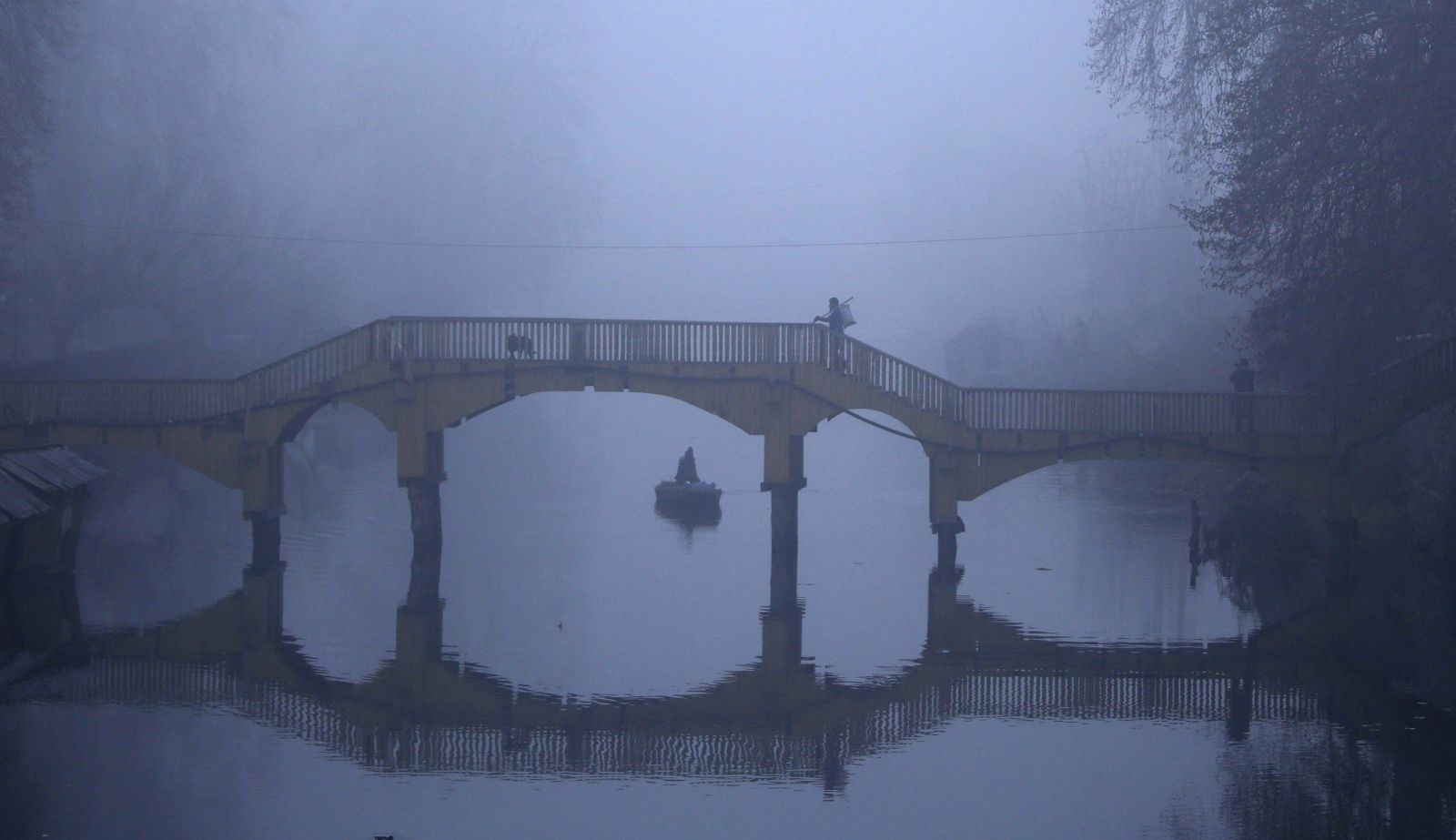By: Er.Ishfaq Khaliq
Baisakhi, also known as Vaisakhi, which usually falls on April 13th or 14th, is widely recognized as a major festival in Punjab and also celebrated with great enthusiasm in other parts of India, including Jammu and Kashmir. In particular, the people of Punjab and Haryana celebrate Baisakhi to mark the harvest of Rabi crops, such as wheat and barley. Similarly, Sikhs living in different regions of Kashmir also celebrate this festival with joy and devotion.
Several villages in South Kashmir, such as Tral and Mattan in the Anantnag district, have significant Sikh populations. In North Kashmir, Singapuravillage is another example where the Sikh community is predominant. Jammu and Kashmir has a Sikh population of approximately 1.87%, and Baisakhi is celebrated across the region wherever Sikh communities reside.
Agricultural and Religious Importance
Baisakhi falls in April, the time when Rabi crops are harvested. This brings financial prosperity to farmers, particularly in Punjab and Haryana, making the festival one of gratitude and celebration.
From a religious perspective, Baisakhi is highly significant in Sikhism. On this day in 1699, Guru Gobind Singh founded the Khalsa Panth and baptized the first five Sikhs, known as the Panj Pyare. This event marks the formation of the Khalsa community and represents a defining moment in Sikh history. Baisakhi also honors the martyrdom of Guru Tegh Bahadur, who sacrificed his life to defend religious freedom.
Baisakhi in Kashmir
In Kashmir, the Sikh community celebrates Baisakhi with great enthusiasm. People sing, dance to the beats of dhols and nagadas, and wear traditional Punjabi attire. Gurdwaras are beautifully decorated, and devotional songs (bhajans and kirtans) are performed throughout the day.
Special meals are prepared at home and served in the local gurdwaras. Community members work together to cook and serve food, considering it a sacred duty and form of devotion. The tradition of Langar—offering free meals to everyone regardless of caste, religion, or background—is an important part of Sikhism. Originating in the 15th century with Guru Nanak, Langar promotes equality, compassion, and selfless service.
Communal Harmony in Kashmir
Kashmir has always been a land of communal harmony. Baisakhi is not only celebrated by Sikhs but is also respected by the Muslim community in the region. Muslim neighbors often visit Sikh households and gurdwaras to greet them on the occasion. In return, Sikhs also join in celebrating Muslim festivals like Eid. This mutual respect reflects the strong bonds of brotherhood and unity that exist among the communities in Jammu and Kashmir.
Baisakhi Across India
Baisakhi is known by different names in various Indian states, where it often marks the start of the regional New Year:
- Assam – Rongali Bihu
- Odisha – Maha Vishuba Sankranti
- West Bengal & Tripura – PohelaBoishakh / Naba Barsha
- Tamil Nadu – Puthandu
- Andhra Pradesh, Telangana, Karnataka – Ugadi
- Uttarakhand (Kumaon region) – Bikhuti / Bikhoti
- Tulu community – Bisu
Although celebrated under different names and with unique customs, these festivals usually fall around the same dates and reflect similar themes of renewal, harvest, and gratitude.
Cultural Identity
On Baisakhi, Sikh men, women, and children in Kashmir proudly wear traditional Punjabi clothes. This is a way of honoring their roots in Punjab and Haryana and preserving their cultural identity while living in a different region.
Conclusion
Baisakhi is much more than a harvest festival. In Kashmir, it represents joy, devotion, cultural pride, and communal harmony. The way Sikhs and Muslims in the region come together to celebrate each other’s festivals is a powerful example of unity in diversity. Baisakhi in Kashmir is not just a celebration of crops and community—it’s a celebration of togetherness.




